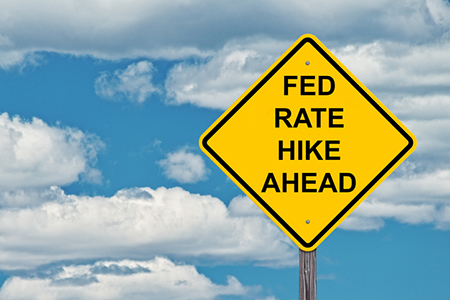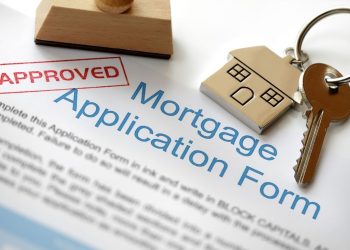The Federal Reserve carried out its first hike of 2018 on Wednesday, increasing interest rates one-quarter percentage point and leaving open the possibility of more raises this year. The action was anticipated by the market, which has been on a robust—and, at times, rollercoaster—run.
“In view of realized and expected labor market conditions and inflation, the Committee decided to raise the target range for the federal funds rate to 1-1/2 to 1-3/4 percent,” according to a Fed statement. “The stance of monetary policy remains accommodative, thereby supporting strong labor market conditions and a sustained return to 2 percent inflation.”
The decision is the first under Fed Chair Jerome Powell, and follows growing wages and a heaping of jobs introduced to the labor pool.
Analysts are divided on exactly how many increases will occur this year. Many expect the Fed to limit it at three; others, accounting for inflation pressures and the recent stimulus, are entertaining the idea of four.
What does the hike mean for mortgage rates? Borrowing costs can grow. According to Freddie Mac, the average 30-year, fixed mortgage rate last week was 4.44 percent—a dip from the prior week, but nonetheless on a tear. Affordability has lessened as a result.
“We are in the middle innings of monetary policy normalization,” said Lawrence Yun, chief economist of the National Association of REALTORS® (NAR), in a statement. “Interest rates that the Fed directly controls—the federal funds rate—were raised three times in 2017. action is the first of three rate hikes in 2018. Another three hikes are likely on deck in 2019. Mortgage rates do not move one-to-one with the Fed tightening, but clearly consumers should anticipate higher mortgage rates as time proceeds.
“The tight labor market will hurry-along the Fed to raise rates,” Yun said. “Housing costs are also rising solidly and contributing to faster inflation. The one thing that could slow the pace of rate increases would be to tame housing costs through an increased supply of new homes. Not only will more home construction lead to a slower pace of rate hikes, it will also lead to faster economic growth. Let’s put greater focus on boosting home construction.”
The Fed will meet next in June.
Stay tuned to RISMedia for more developments.
 Suzanne De Vita is RISMedia’s online news editor. Email her your real estate news ideas at sdevita@rismedia.com. For the latest real estate news and trends, bookmark RISMedia.com.
Suzanne De Vita is RISMedia’s online news editor. Email her your real estate news ideas at sdevita@rismedia.com. For the latest real estate news and trends, bookmark RISMedia.com.











